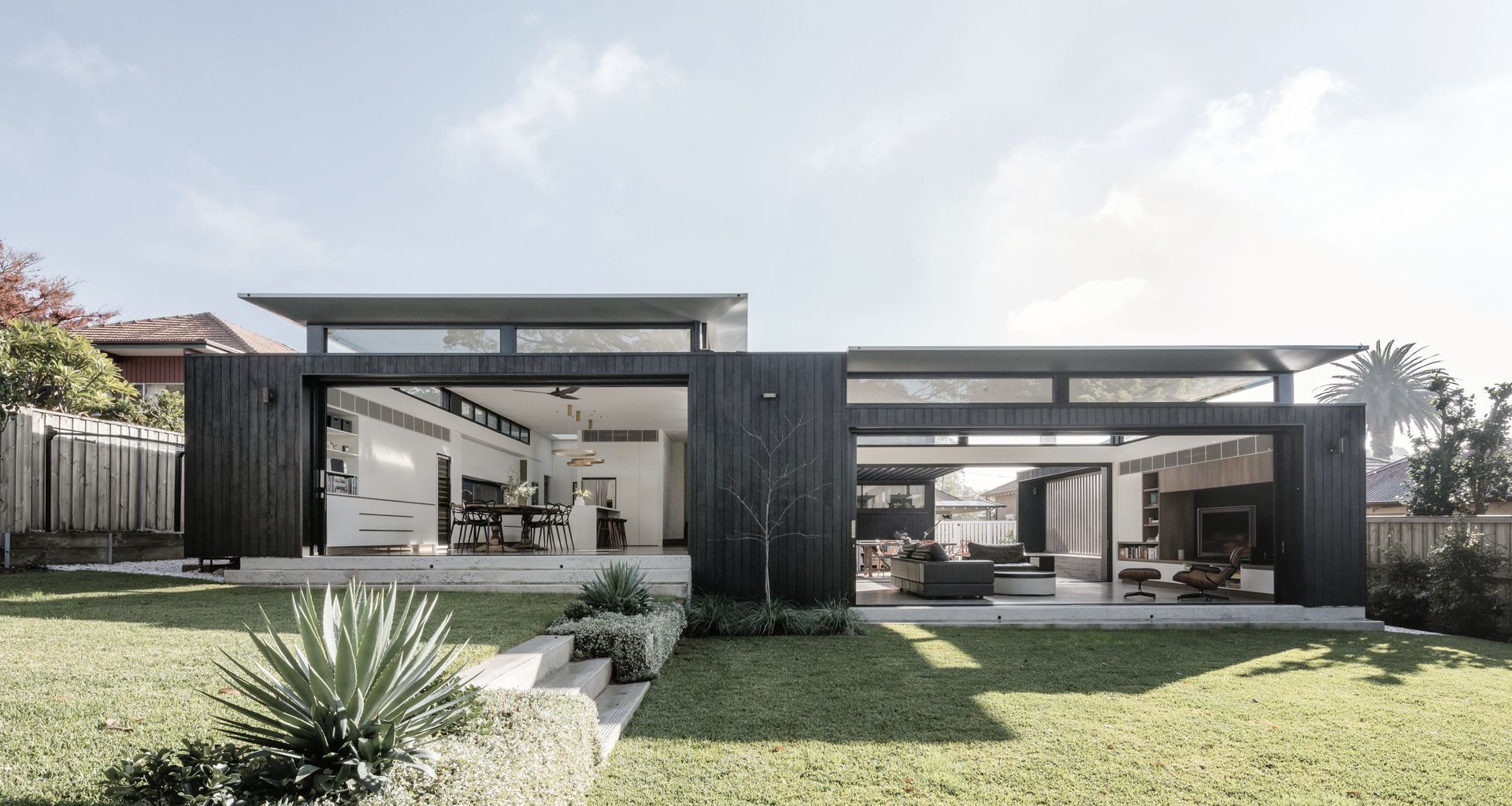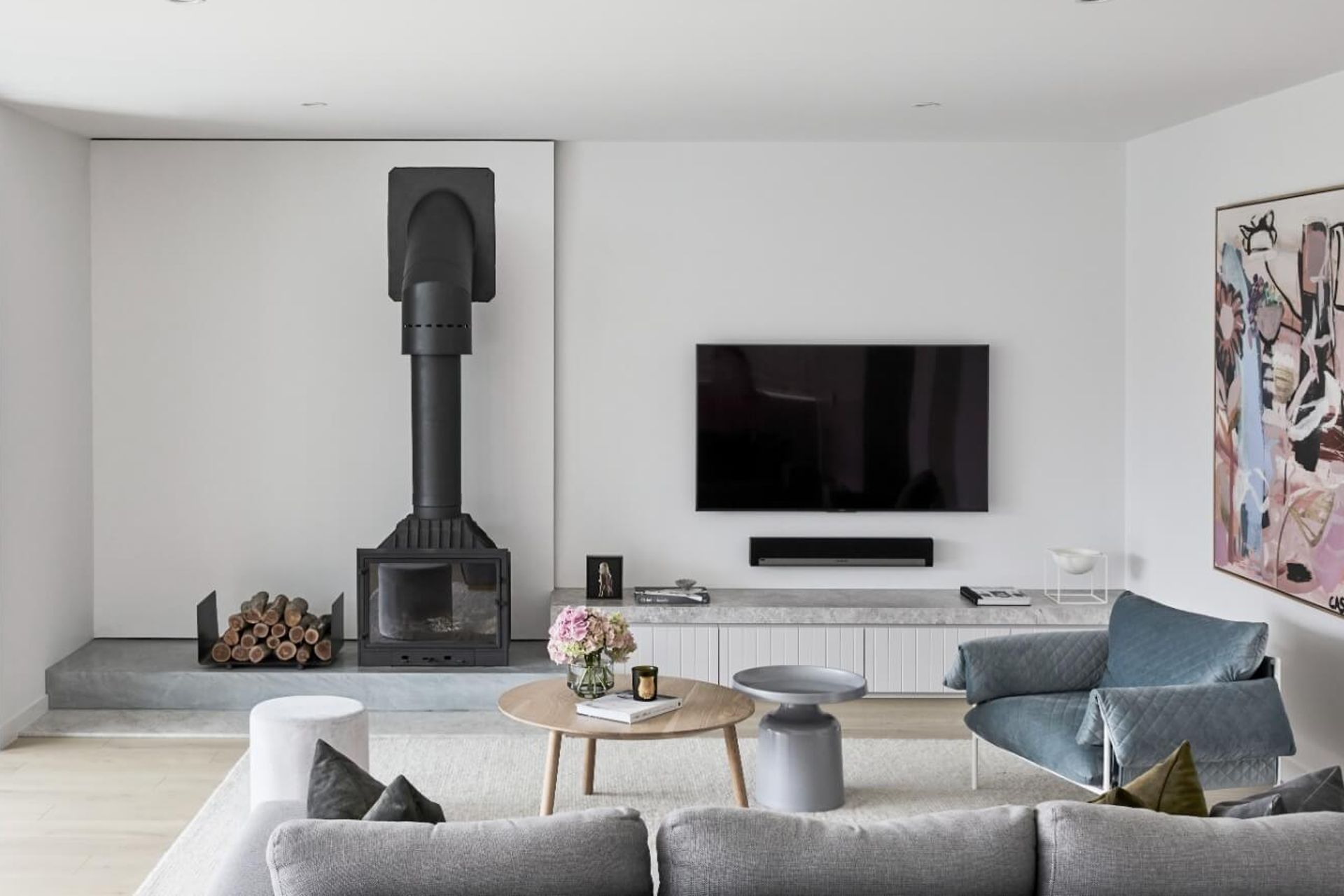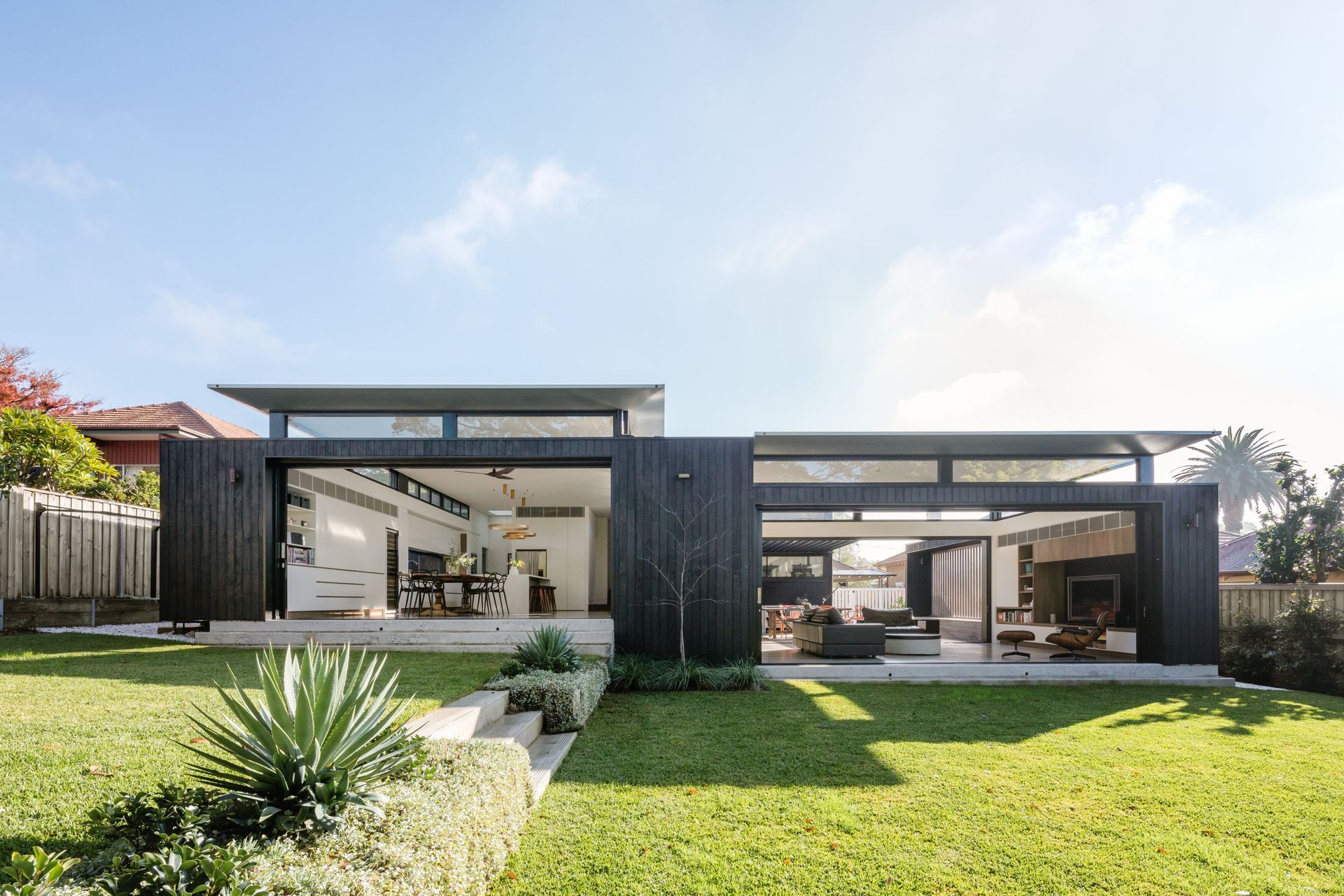How the pandemic has impacted building timelines, trades and material supplies
Written by
18 September 2022
•
4 min read

When embarking on a new build or renovation, one of the first things every homeowner wants to know is how long it’s going to take. While most building and design professionals will be able to give you an estimate of how long it will take to complete your project, this estimate isn’t always accurate. There are many reasons why the timeframe of your renovation or build may be extended or delayed, such as unforeseen weather issues, site issues, structural issues, accidents and repairs, but the availability of materials and trades has come to the forefront as a result of the pandemic.
The situation so far
Master Builders Victoria reports that Australia is facing its worst materials shortage in more than 40 years, and although delays in sourcing materials, particularly from international suppliers, isn’t a new issue, it’s been exacerbated by the COVID-19 pandemic.
Builders are even struggling to find basic materials such as timber. Recent reports say that the wait for laminated veneer lumber, which is often used for frames and beams, is up to four months, while trusses, used for walls and roofs, are taking up to nine months.
Furthermore, according to data obtained by the Australian Bureau of Statistics, Australia is experiencing one of its largest ever labour shortages while prices and demand add further pressure to the construction industry. The shortage is said to be affecting bricklaying, carpentry and roofing the most – though all trades within the industry are feeling it.
The shortage of materials and trades
The past two years have seen the building industry face a number of challenges as a result of the pandemic. Frank Tarulli, owner and director of boutique building and design company, Thomas Archer Homes, says the most common issues facing the industry right now are materials shortages and the shortage of trades. "There's a lot of work banking up that’s reliant on the supply of materials and once received, there are often delays in being able to schedule trades to site,” says Frank.
He explains that clients who enter into ‘open’ contracts rather those those with ‘fixed' pricing are susceptible to increased material labour costs, and that where possible, Thomas Archer looks to substitute like-for-like products that deliver the same quality. “This can often speed-up the process and allow us to pre-book trades to align with deliveries,” says Frank. “It’s worth having a conversation up front with your builder about shortages, delays and potential impact on budget.”
The rising cost of construction
Another widely publicised issue faced by the building industry as a result of the pandemic is the rising cost of construction and materials, as well as the disruption to supply chains, says Justin Loe, founder and director of StudioJLA.
“We find builders are facing labour shortages and therefore impacting on the building program. For the most part, I feel builders are trying their best to manage a difficult situation, however the rise in costs has been well beyond their expectations,” says Justin, who has encouraged his builders to expand their resources and rely on a larger net for trades and suppliers. “This allows for more flexibility of the trade or installer. If they foresee potential rises, we have requested builders use some historical reference to costs, to help give some guidance to the owner over potential price rises,” says Justin.
Read now: Understanding the five design fundmentals with Joe Snell
How this will affect you
Justin advises that those who are seeking to build need to understand that it’s likely most builders will move forward with a ‘rise and fall’ clause within their fixed price contracts. “Therefore, the owner needs to be prepared with a contingency to address this matter. The clarity around costs is essential for both parties to feel comfortable moving forward in this current environment,” says Justin. He explains that the key to an effortless building process is to work with an architect prior to construction to work out the finer details. “This will ensure the owner is given ample time to make decisions and secure items to avoid having to compromise on their inclusions due to disruptions in the industry,” says Justin.
Frank says in most cases the solution to these problems is all parties working together, collaboratively. “By working together, most issues can be resolved. We suggest that clients remain open to suggestions and solutions as they are presented, and make swift decisions always so as not to halt the build of the home and keep construction moving along,” he says.
Find the right design or building professional for your next project on ArchiPro.



